Working with Milkweed in the Home Garden
I clearly remember both Monarch butterflies and Milkweed plants from my youth, but it took years to learn about their profound inter-relatedness. As I kid it seemed that I and all of my friends were pretty much able to find and collect examples of the beautiful Monarch chrysalis, or cocoon. If my mother or teacher would allow it, I was able to bring them inside and wait for the magic day when the cocoon was empty and the flashy adult Monarch butterfly was delicately perched on a lamp or picture frame. I also remember the roadside stands of Milkweed that grew near where I lived and how much fun it was to break open the brittle dried up pods and blow the feather light seeds into the wind. Lots of fun!
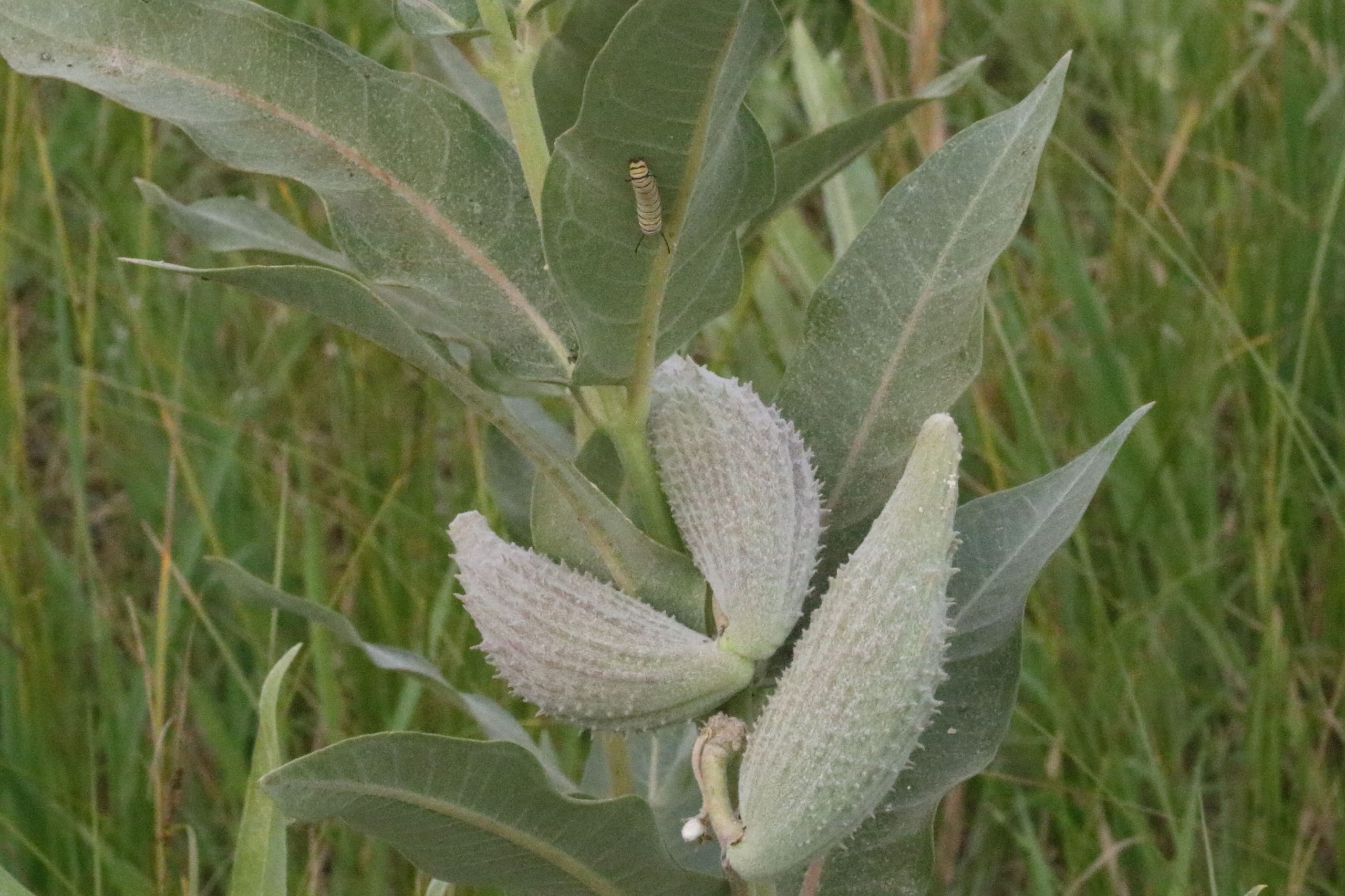
Zoom ahead 40 or so years, alarms were being sounded about the drastic drops in Monarch populations in North America. Not just Monarch’s, but other butterflies and small insects that were important for wild and commercial plant pollination were in decline as well. I was interested for sure, but being a Fishery Scientist working in Idaho, I was on the steep part of the learning curve for supporting pollinators. Lucky for me, there were several really good botanists working in my office, and as employees of the US Fish and Wildlife Service it became a priority for us to get up to speed and get to work.
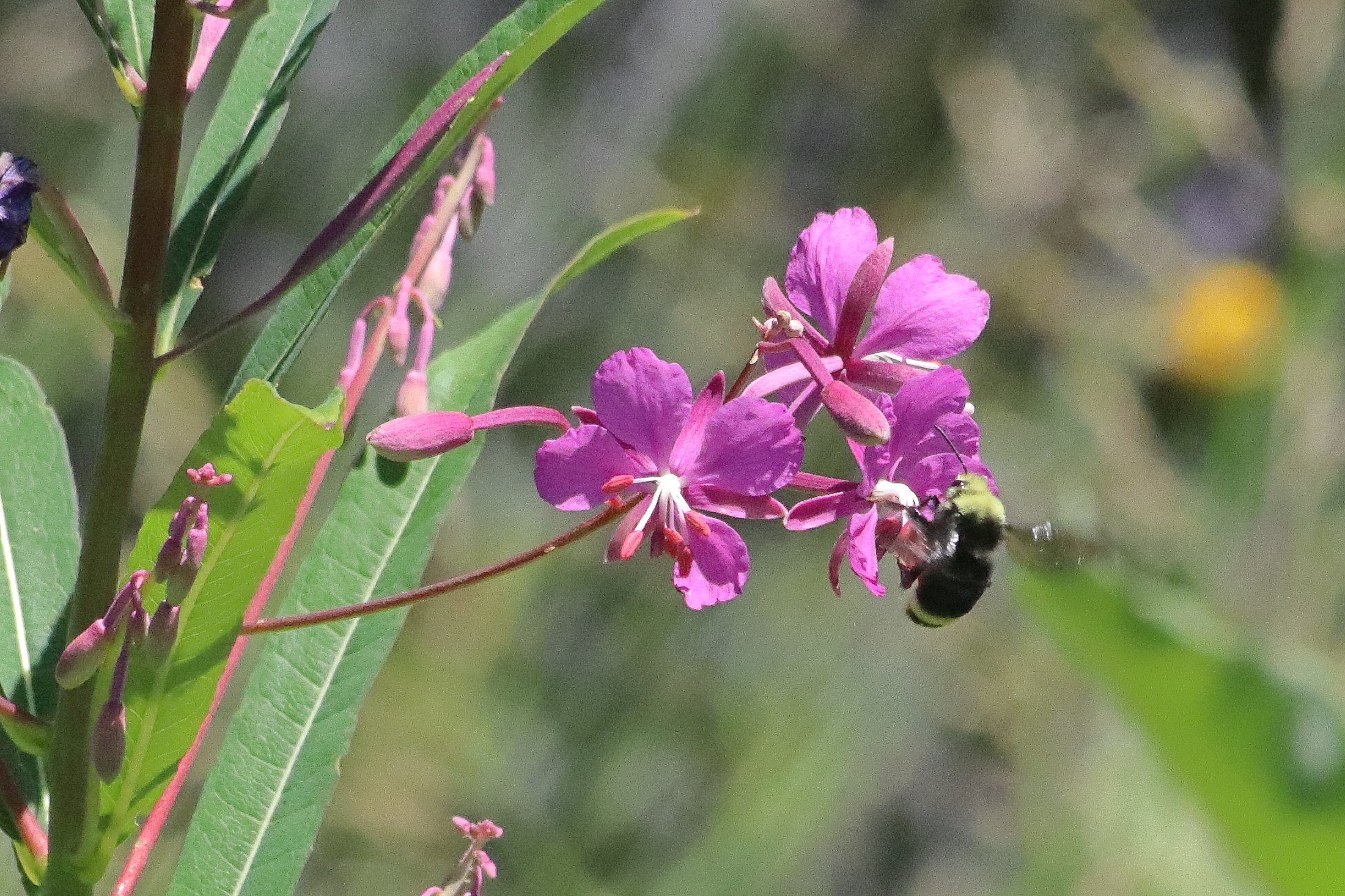
We all began looking for stands of wild Milkweed growing around Idaho, where there are actually two kinds of Milkweed; Showy and Swamp. We found all kinds of small populations of Milkweed growing on roadsides and undisturbed areas. Sadly, Milkweed was still considered a noxious plant in several Western States and was routinely sprayed with herbicides. But, we did find large numbers of both types of Milkweed on a State Wildlife Management Area near Parma, Idaho. Here are a couple of photos of Monarch butterflies; a larvae (caterpillar), a biologist putting a small tag on an adult Monarch to track their migration, most likely to Pacific Grove, California.
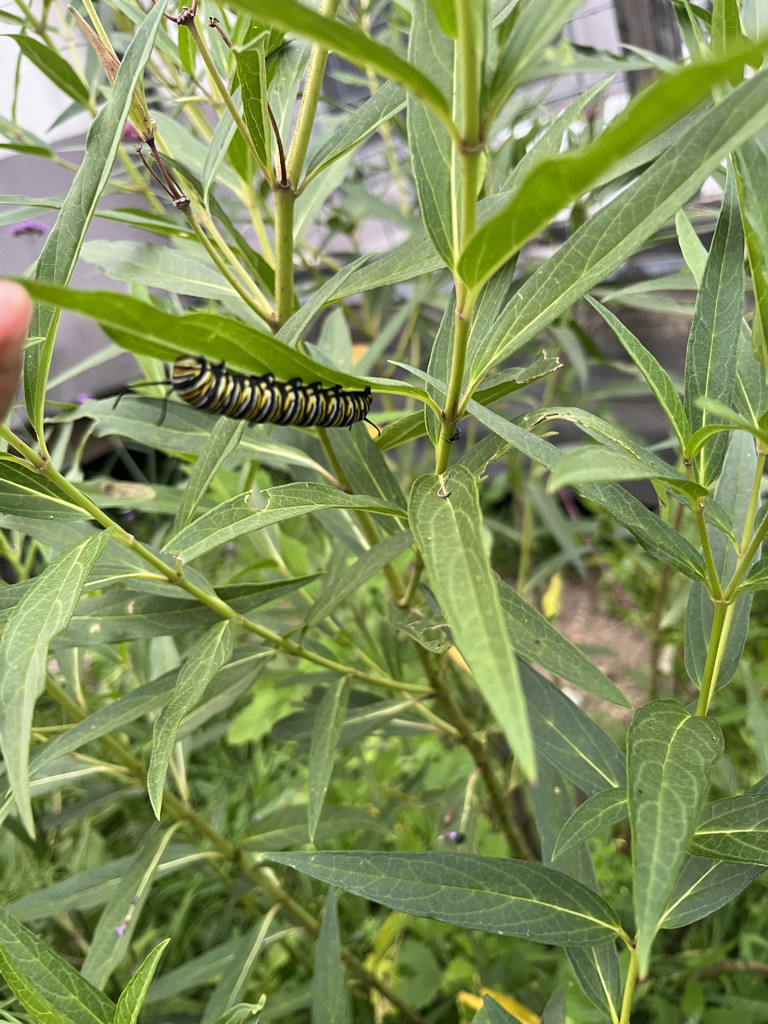
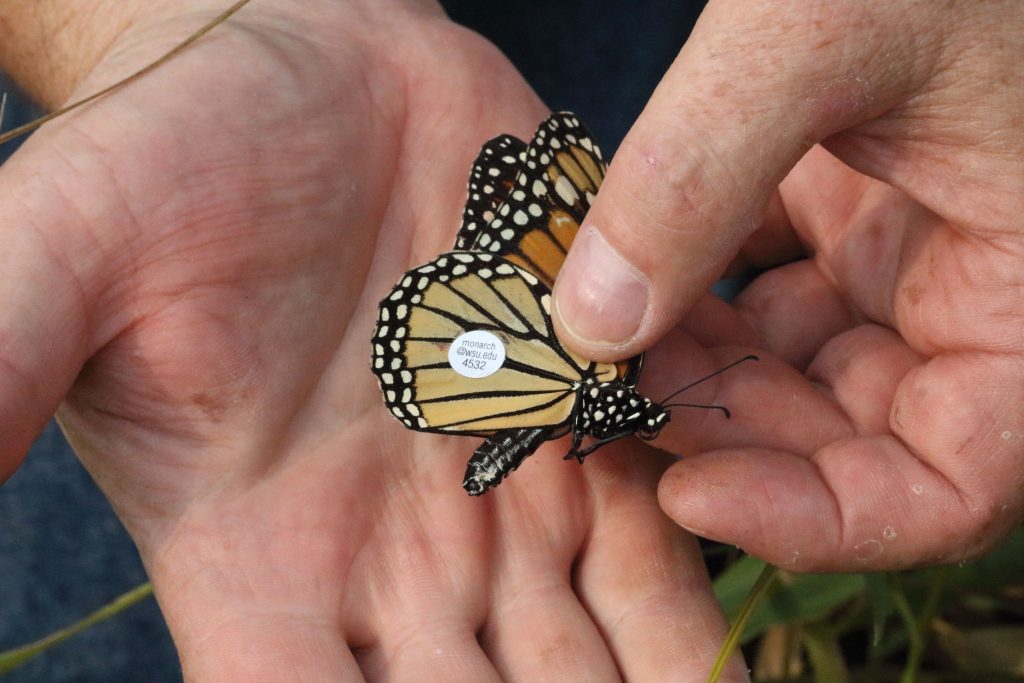
When I moved back to Oregon in 2018, I wanted to have a landscape that incorporated mostly native plants that attracted pollinator insects and birds, so I came up with a landscape plan that has worked pretty well. In the spring of 2019 I obtained a dozen small Showy Milkweed starts that were in little 2 inch peat pots and planted them in a corner of my yard. I really nurtured them that first year, and made sure they had adequate water to set their root and get a good start. After that first year the Milkweeds were on their own and flourished. The second year they set their first flowers and I notice that there were now 18 Milkweed plants! What was going on?
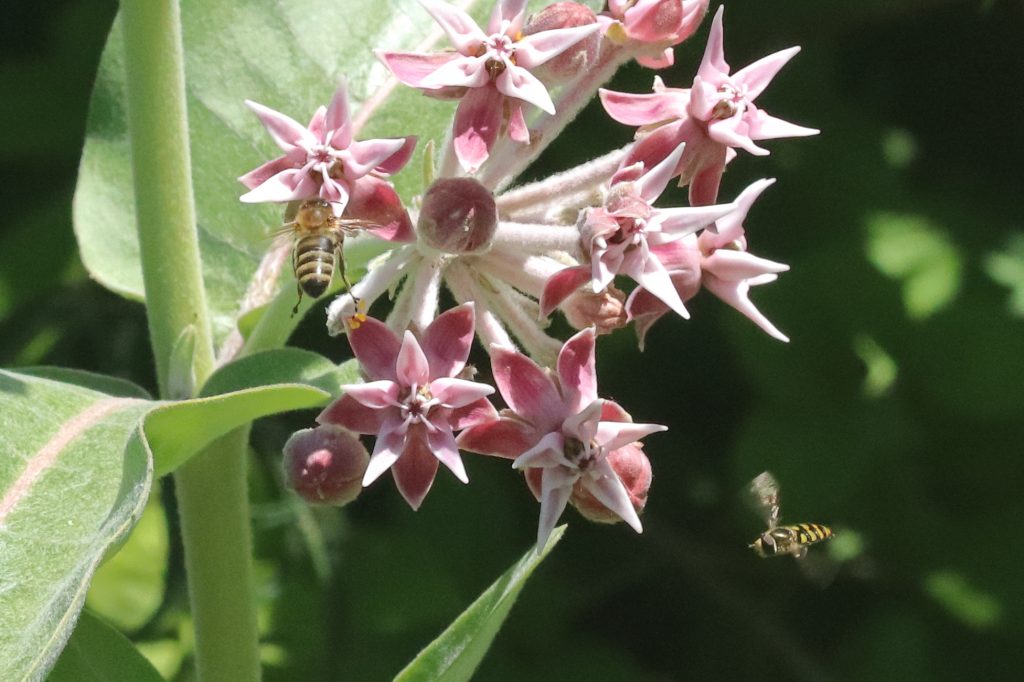
Well, I was still learning about Milkweed plants. Not only do they produce a lot of seeds that get carried off in the wind, but if they like where they live, they send out an underground runner that will sprout a new plant! They were obviously very happy in my yard! The increase in their number is not quite exponential, but they pretty much dominate a 10×12 foot patch of my yard that I now call the “Wild Corner”. It’s full of Milkweed, Fireweed, and Dandelions and even a pair of volunteer Oregon White Oaks! Here is a photo of the “Wild Corner” in June 2024!
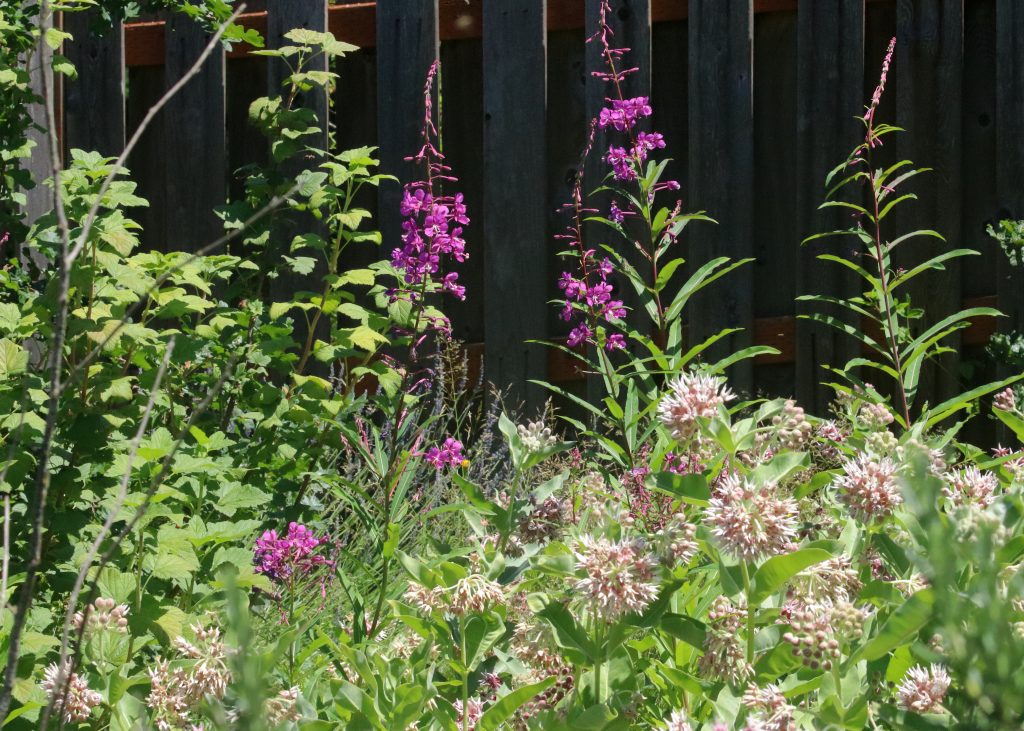
This is all pretty exciting because of how great it looks, and because of the large numbers of insects, butterflies (no Monarchs yet), and hummingbirds that like to visit there. However, I really don’t want to have the Milkweeds “Take Over” my back yard landscape. I have a bunch of other plants growing back there that I planted for their aesthetic attributes and their interest to wildlife. I don’t want them to be crowded out by the spread of Milkweed.
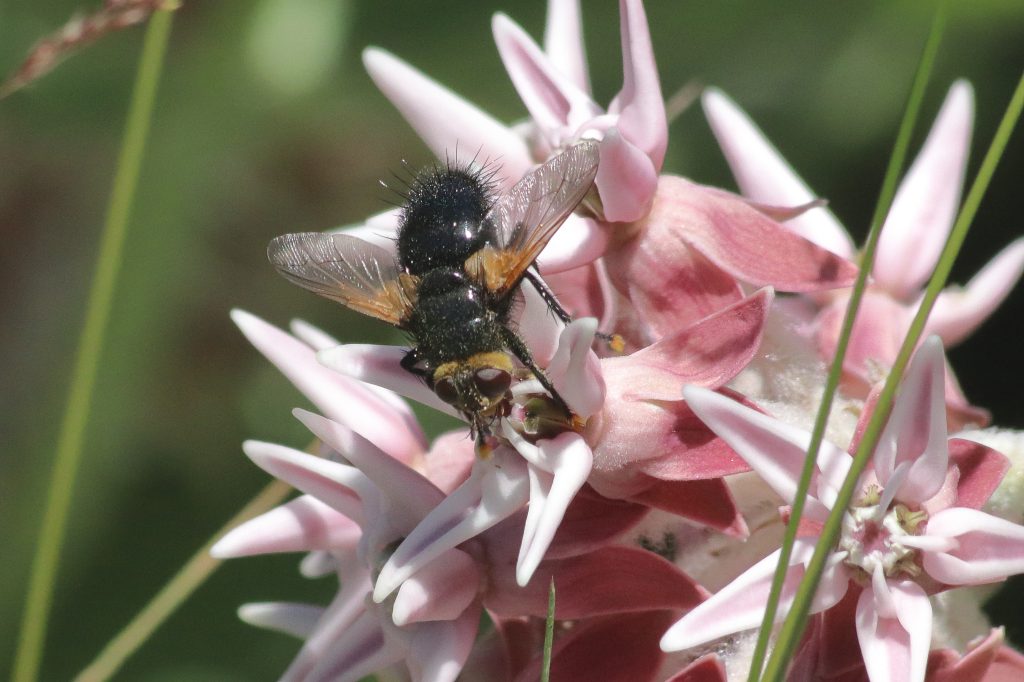
So, in 2024 I plan to do some research and find out what my options are to slow down the spread of Showy Milkweed from the “Wild Corner” to the rest of my garden. I have been told by one friend that I should have maybe planted them in a container in the ground, a possible option if you are just starting out with Milkweed. Having said that, I think they are a really beautiful plants and the flowers are unique and quite spectacular. It’s pretty hard to be negative about Milkweed as I watch the local bees, butterflies, and hummingbirds sipping their nectar in my garden as the sun begins to set at the end of a beautiful summer day in Silverton!
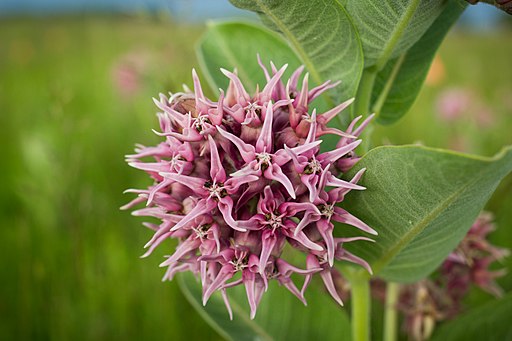
Resources:
About the Author

I was born in Wisconsin and migrated to Oregon to attend Oregon State University in Corvallis. My studies were in Fishery Science and I worked for the US Forest Service, National Marine Fisheries Service and US Fish and Wildlife Service in Oregon and Idaho.
